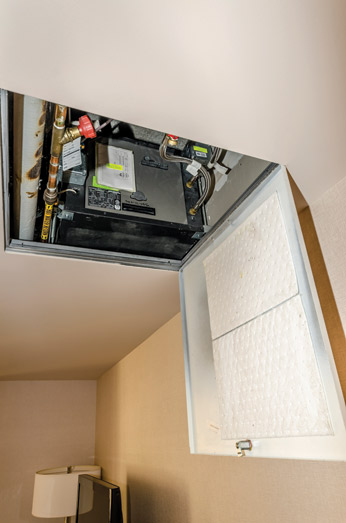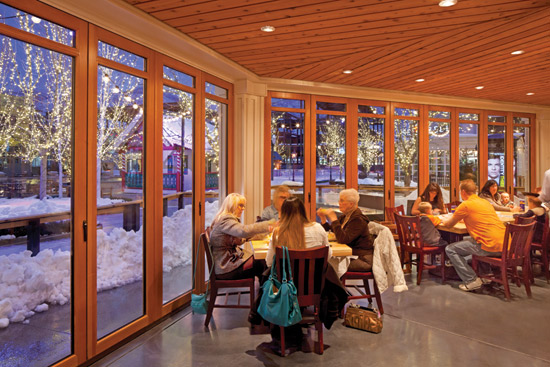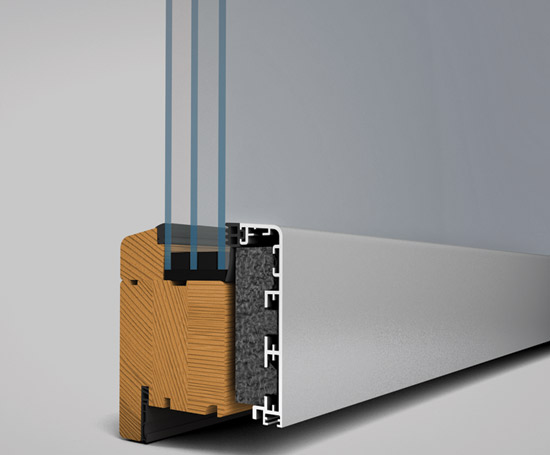High-Performance Green Trends
“The 600 tons from the geothermal field is supplemented with a 200-ton closed circuit fluid cooler, which was incorporated into the overall system design when taking the peak demands of all four end-users into account,” says Roush. “Each of the tenants has a water-to-water heat exchanger that enables them to use the loop water on one side while keeping their individual systems separated. That way, if they wanted to create chilled water or put equipment on the roof and use glycol, these elements can't ultimately end up in the main loop water.”
Units with vertical stacking can share cooling towers, plumbing runs, and electrical conduits. This means that construction sequencing, materials, and installation can be streamlined. The maintenance of these plug-and-play units is provided by removing the one unit and replacing it with another, allowing for virtually no “down time” to operations of the heating and cooling units.
Using this system that saved electricity and conserved water in the renovation of this existing building helped the architects meet their sustainable design goals.
Opening Up Boundaries
The Global Development Research Center (GDRC), a non-profit think tank that carries out initiatives in education, research, and practice, lists 44 benefits to collaborative learning. According to the GDRC, the first 10 reasons that collaborative learning2 provides educational benefits are:
1. Develops higher level thinking skills
2. Promotes student-faculty interaction and familiarity
3. Increases student retention
4. Builds self esteem in students
5. Enhances student satisfaction with the learning experience
6. Promotes a positive attitude toward the subject matter
7. Develops oral communication skills
8. Develops social interaction skills
9. Promotes positive race relations
10. Creates an environment of active, involved, exploratory learning
Flexible spaces that promote collaborative learning provide better learning environments and continue to be an important part of the design laundry list requested by teachers, administrators, and parents.
According to Matt Thomas, marketing manager at NanaWall Systems, “the current trend in interiors for the schools of the 21st century is to provide shared space, brighter interiors with natural daylight and fresh air. When you have flexibility in room configurations and access to daylight and fresh air, the architect can design cost-saving, smaller buildings with reduced lighting and ventilation fan equipment. The increase in exposure to natural environments has been shown to increase learning and behavior in schools. A sustainable building removes barriers to learning.”
Using opening glass walls enables the separation of smaller groups for discussion, group projects, quiet zones, advanced or remedial work, test centers, teacher-assistant led groups. It allows teachers to monitor multiple activities in separated spaces and promotes teamwork. Parents or visitor volunteers in the classroom, can use these areas to work independently with students. Flexible workspaces can provide rooms that have common storage space for shared books, supplies, computers, and reduces redundant purchases. Joining two or more classrooms with shared space allows teachers to configure space to meet their needs and allows for a quick and easy transformation for shared classroom management or cool off/recovery areas for behavioral and emotional issues or disciplinary actions.
Opening glass walls can also facilitate daylight harvesting. Sharing daylight between spaces reduces the need for electrical lighting and provides access to the changing environment outdoors, which, according to researchers, can increase test scores and improve student behavior. Frameless walls are also available that comply with ADA regulations. These walls can be selected on single tracks to slide, pivot, fold or pivot at a center point maximizing flexibility for optimal configurations.
However, not all glass walls and partitions have the same performance capabilities. The high impact of day-to-day use and abuse in a school setting or in other commercial settings require the designer specify to meet high performance ratings. New glass walls provide even more options for flexible configurations meeting higher standards. They can be specified as curved walls, meet acoustic criteria, and have higher energy ratings to control heat loss/gain.
More architects understand that the durability and performance of a system is an important aspect of sustainability. To specify an opening glass wall to provide outdoor access, architects are requesting information on the system's thermal performance. Opening walls should be durable and provide good thermal protection when these units are exposed to snow, rain, wind loads, extreme temperatures, etc.
When designing interior spaces with opening glass walls, the architect should require that the shared space should not affect the ongoing classroom activities. Opening glass windows can be specified with Sound Transmission Class Ratings (STC) that meets the criteria for the protection of adjacent spaces from unwanted noise.
Notice

www.climatemaster.com
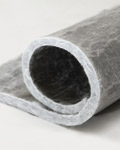
www.dowcorning.com/HPInsulation

www.NanaWall.com
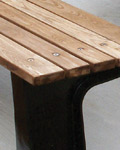
www.tournesolsiteworks.com





